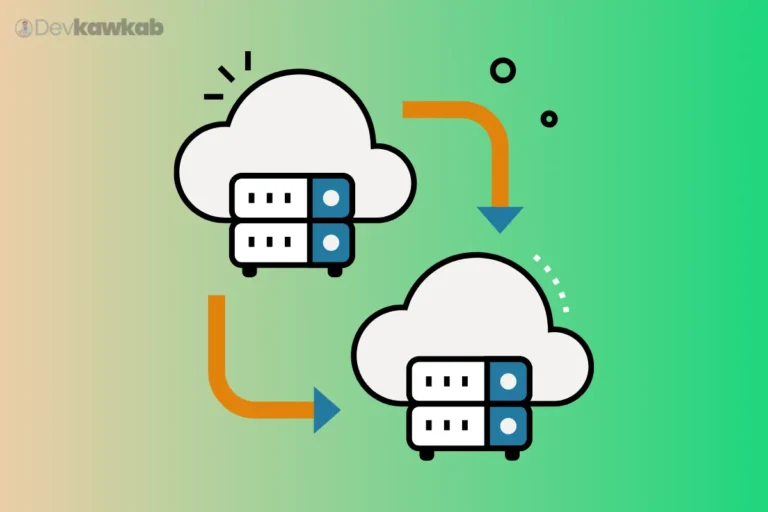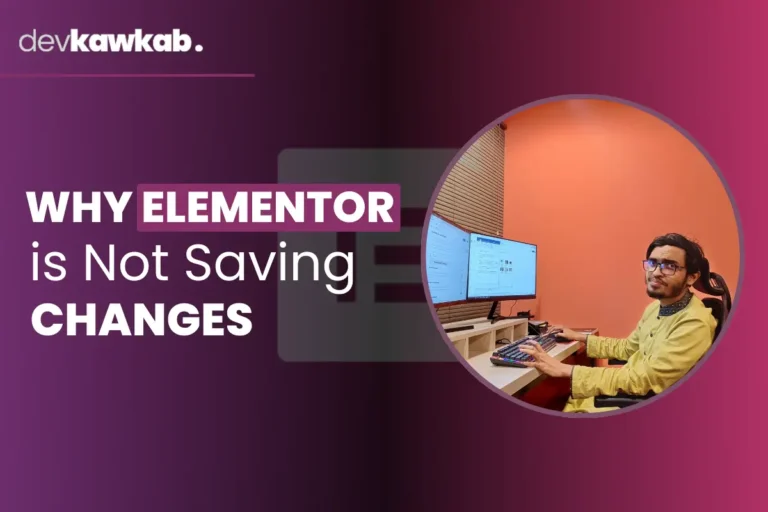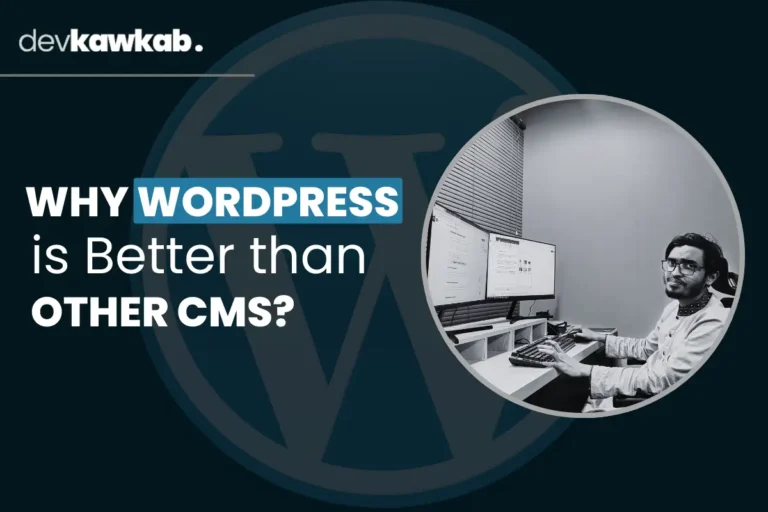Hackers are evolving faster than ever, which is why AI-Powered WordPress Threat Detection has become a hot topic. Traditional tools can’t keep up with zero-day exploits, brute-force bots, or hidden injections. Your site could be under attack right now without you even knowing.
AI-powered threat detection changes the game. Instead of waiting for signature updates, it uses anomaly detection and behavioral analysis to catch suspicious activity – even if it’s a brand-new threat. From brute-force login attempts to SQL injection, AI spots what humans and traditional scanners miss.
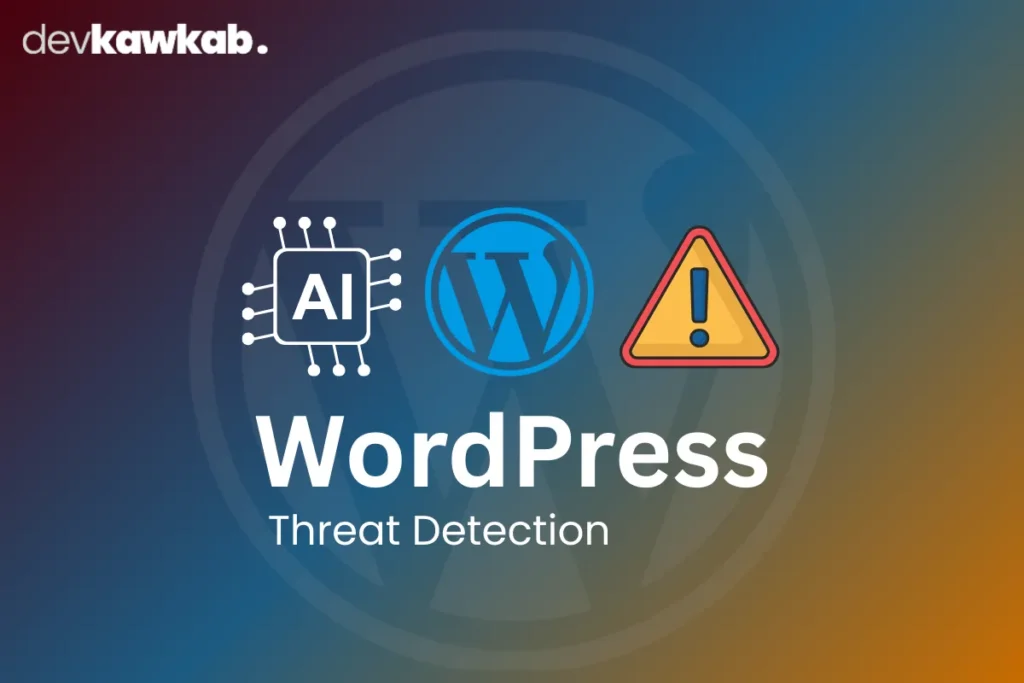
In this article, we’ll uncover how AI detects threats, which tools you can trust, and how to stay one step ahead of hackers. If you want to know how WordPress sites can actually prevent tomorrow’s attacks today, read on.
Detection is one layer, but scanning digs deeper. Don’t miss our full guide on ‘wordPress ai security scanner plugins‘!
Why AI Threat Detection Is a Game-Changer
Here’s why AI-powered detection is more effective than traditional methods:
1. Zero-Day Attack Protection
Signature-based tools can’t catch zero-day exploits because they don’t exist in databases yet. AI looks at behavioral anomalies, making it capable of catching brand-new threats.
2. Proactive Defense
Instead of waiting for malware to spread or files to get infected, AI flags unusual actions right away. This prevents attackers from escalating their attack.
3. Adaptive Learning
AI detection systems improve over time. The more they scan, the smarter they get—leading to fewer false positives and stronger accuracy.
4. Attack Surface Coverage
Threat detection doesn’t just look at files. It monitors traffic, user logins, API calls, and database queries—covering multiple entry points hackers might exploit.
5. Real-Time Alerts and Response
Most AI systems provide instant notifications. Some even include automated responses like blocking IPs or suspending suspicious sessions.
In short: AI threat detection doesn’t just react, it predicts and prevents.
Spotting threats is only half the battle – real-time defense comes from ai security monitoring WordPress plugins.
Types of Threats AI Can Detect in WordPress
AI threat detection goes beyond simple malware scanning. It actively analyzes multiple layers of your WordPress environment. Here are the most common threats it helps defend against:
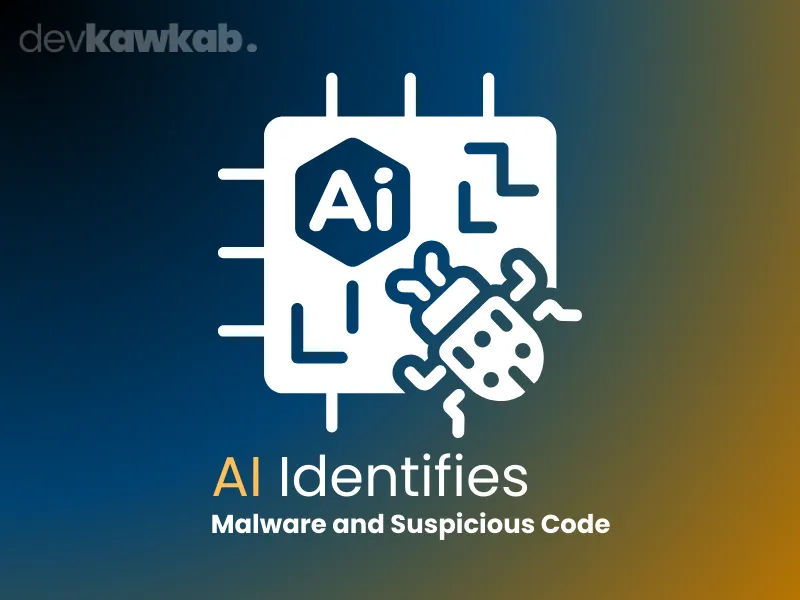
1. Zero-Day Exploits
- Attacks that exploit vulnerabilities unknown to developers.
- Example: A plugin vulnerability discovered yesterday being used by hackers today.
- AI detects these by spotting unusual file or database behavior.
2. Brute-Force Attacks
- Automated bots trying thousands of username-password combinations.
- AI notices suspicious login attempts (e.g., 500 failed logins in 10 minutes).
3. SQL Injection Attacks
- Hackers attempt to manipulate your database via malicious queries.
- AI systems flag anomalies in query frequency or unusual database calls.
4. Cross-Site Scripting (XSS)
- Attackers inject malicious scripts into WordPress pages.
- AI detects unexpected script execution patterns.
5. DDoS and Botnet Activity
- Bots overwhelm your server with fake traffic.
- AI identifies patterns of abnormal traffic spikes and blocks suspicious IPs.
6. Phishing & Spam Injections
- Malicious links or pages hidden within your site.
- AI flags hidden redirects or content injections.
7. Privilege Escalation
- A compromised user account suddenly gains admin access.
- AI spots abnormal account activity and raises alerts.
These are threats that traditional signature-based tools often miss, but AI can catch in real time.
Top AI Threat Detection Plugins for WordPress (2025)
Several plugins are adding AI-powered threat detection to their core features. Here are the leading ones:
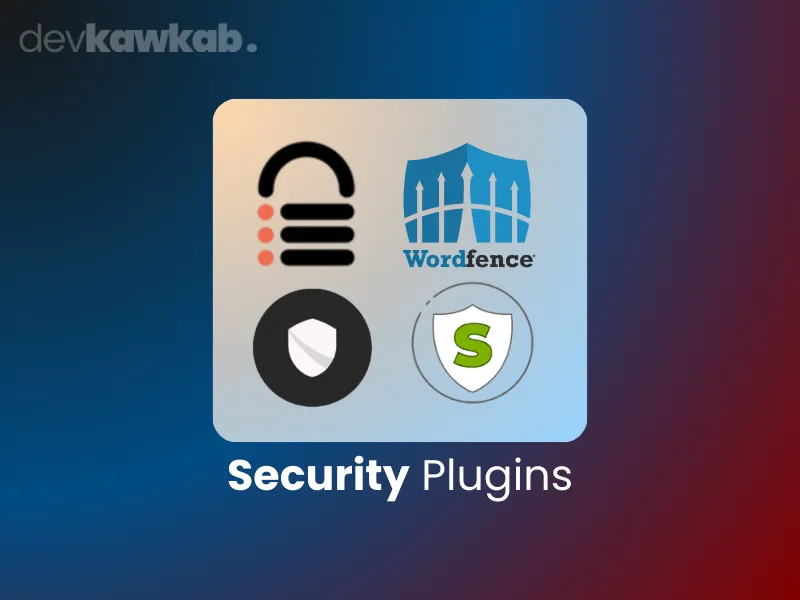
1. Wordfence AI Threat Defense
- Real-time firewall + AI-driven detection.
- Stops brute-force logins, SQL injections, and XSS attempts.
- Large community + frequent updates.
Pricing: Free basic plan; premium $119/year.
2. Sucuri Website Security Platform
- AI-enhanced firewall + global threat intelligence.
- Detects DDoS, zero-day exploits, and malware injections.
- Enterprise-grade with 24/7 support.
Pricing: Starts at $199/year.
3. MalCare Advanced Detection
- Cloud-based AI scanning + monitoring.
- Strong detection of hidden malware and anomalies.
- One-click malware cleanup included in premium.
Pricing: From $99/year.
4. WPSafe.AI Threat Monitoring
- Focused on AI-powered anomaly detection.
- Tracks unusual database queries and login patterns.
- Lightweight and affordable.
Pricing: From $79/year.
5. Vigil AI Security
- Risk-scoring system powered by AI.
- Detects zero-day style behavior anomalies.
- Transparent reporting dashboard.
Pricing: From $59/year.
Case Example: AI Stopping a Zero-Day Attack
Imagine you run a WooCommerce store with thousands of customer accounts. One morning, a hacker exploits a brand-new vulnerability in a plugin you use.
- Traditional Security: Fails to stop the attack since no signature exists yet. Malware spreads, customer data is stolen.
- AI-Powered Threat Detection: Notices that the plugin is suddenly executing hundreds of unusual database queries. It flags the anomaly, quarantines the file, and blocks the suspicious IP.
Result: The attack is stopped in real-time, long before major damage is done.
This illustrates why AI detection is vital for high-value WordPress sites in 2025.
Free vs Premium AI Threat Detection Options
When it comes to WordPress security, you’ll find both free and paid AI-driven plugins. But their scope differs significantly.
Free Options
- Provide basic anomaly alerts and limited firewall protection.
- Usually lack zero-day protection or automated remediation.
- Good for blogs or small sites with low traffic.
Examples:
- Wordfence Free (basic monitoring, delayed updates).
- MalCare Free (malware detection without removal).
Premium Options
- Offer real-time AI-powered detection of advanced threats.
- Include features like auto-blocking, one-click cleanup, and priority support.
- Essential for WooCommerce stores, membership sites, and high-traffic blogs.
Examples:
- Wordfence Premium ($119/year).
- MalCare Premium ($99/year).
- Sucuri Security Platform ($199/year).
Rule of thumb: Free = detection only. Premium = detection + prevention + response.
How to Set Up AI Threat Detection in WordPress
Getting started with AI-powered threat detection is simple. Here’s a quick setup guide:
Step 1: Choose a Plugin
Pick a plugin based on your site’s size and needs. Example: MalCare for cloud-based scanning, Sucuri for enterprise-level firewall, or WPSafe.AI for lightweight monitoring.
Step 2: Install & Activate
- Go to Dashboard → Plugins → Add New.
- Search for your chosen plugin or upload the .zip file.
- Click Install → Activate.
Step 3: Connect API / Cloud Service
Premium AI tools require a connection to their cloud engine via an API key. This gives you access to real-time anomaly detection.
Step 4: Run an Initial Threat Scan
This baseline scan helps AI learn what’s normal on your site. From here, it can more accurately detect anomalies.
Step 5: Configure Real-Time Detection
Enable features like:
- Login monitoring.
- Database anomaly detection.
- File change alerts.
Step 6: Set Alerts & Notifications
Decide how you’ll get alerts (email, Slack, SMS). For mission-critical sites, choose instant alerts.
Step 7: Enable Auto-Blocking (Optional)
Some plugins allow AI to automatically block IPs or quarantine files. Turn this on if you want maximum protection without manual intervention.
AI Threat Detection vs Traditional Tools
To really understand the difference, let’s compare:
| Feature | Traditional Tools | AI-Powered Detection |
| Detection Method | Signature-based | Behavior + anomaly-based |
| Zero-Day Attack Defense | Weak | Strong |
| Learning Ability | None | Adaptive over time |
| Scope | Mostly file scanning | Files, database, traffic, logins |
| False Positives | Higher | Lower (smarter learning) |
| Response Time | After infection | During or before attack |
Example:
- Traditional: A new phishing script injected into your theme bypasses detection because no signature exists.
- AI: Notices unusual code execution patterns in theme files and flags the threat instantly.
That’s why AI detection is proactive, while traditional tools are reactive.
Best Practices for AI Threat Detection in WordPress
Even with advanced AI detection, you need proper security practices to maximize protection.
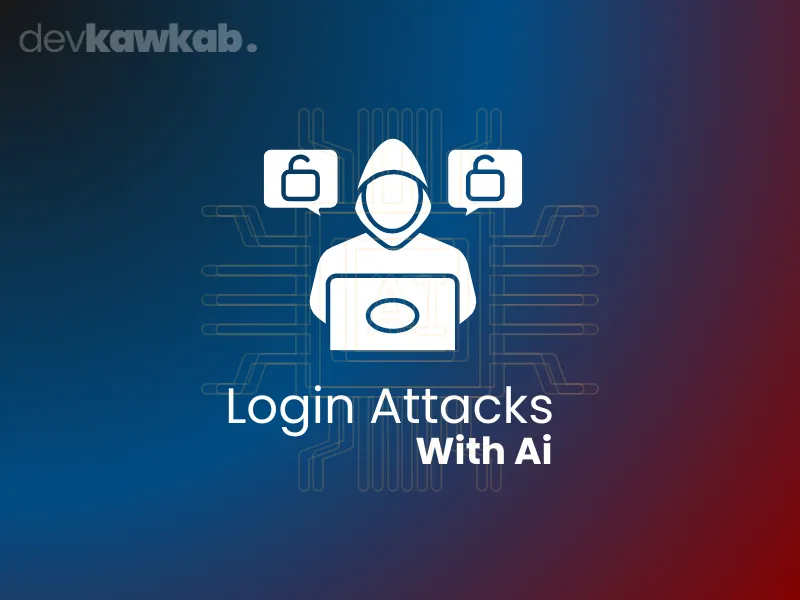
1. Combine Detection with Firewalls
AI threat detection alerts you about attacks, but a firewall blocks them before they reach your site. Use both together for layered defense.
2. Keep Everything Updated
AI helps detect vulnerabilities, but outdated plugins and themes remain the biggest risk. Always update to the latest versions.
3. Enable Two-Factor Authentication (2FA)
AI can block brute-force attempts, but adding 2FA ensures even if a password is stolen, attackers can’t log in.
4. Regularly Review Threat Reports
Most AI tools generate detailed logs. Review them weekly to understand patterns and see if bots are repeatedly targeting specific areas.
5. Connect to Backups
AI can stop many threats, but if an attack succeeds, you need a clean backup to restore quickly.
6. Train Your Team
If multiple admins manage your site, teach them how to respond to AI alerts and avoid insecure practices.
7. Test After Major Changes
When installing a new plugin or theme, run a manual AI threat scan to make sure no vulnerabilities were introduced.
Frequently Asked Questions
1. Is AI threat detection the same as malware scanning?
No. Malware scanners focus on known malware in files. AI detection looks for unusual behaviors across files, traffic, and user activity.
2. Can AI detect brand-new zero-day exploits?
Yes. Unlike signature-based tools, AI relies on anomaly detection, meaning it can identify suspicious activity even without prior knowledge of the exploit.
3. Does AI detection replace traditional security tools?
Not completely. AI is best when combined with firewalls, malware removal tools, and backups.
4. Will AI threat detection slow down my site?
Cloud-based detection has almost no performance impact. Local monitoring may affect shared hosting, but premium plans optimize resource usage.
5. Do I need AI threat detection for a small site?
Even small blogs get targeted by bots and brute-force attacks. AI detection reduces your risk, especially if you rely on organic traffic or collect user data.
6. How much does AI threat detection cost?
Premium plugins range from $59/year (Vigil AI) to $199/year (Sucuri). The cost depends on features like auto-blocking and real-time alerts.
Conclusion
The rise of AI-Powered WordPress Threat Detection marks a turning point in website security. Instead of reacting to attacks, you can now predict and block them before they succeed.
From brute-force logins to zero-day exploits, AI-powered detection tools continuously adapt to keep your website safe. They don’t just look at code – they analyze behavior, giving you a smarter way to fight hackers.
If staying one step ahead of attackers matters to you, now’s the moment to embrace AI threat detection. It’s the proactive layer your WordPress site has been missing.
If your WordPress site is already hacked, detection isn’t enough. See how a ‘WordPress ai malware removal tool‘ can clean infections instantly.
